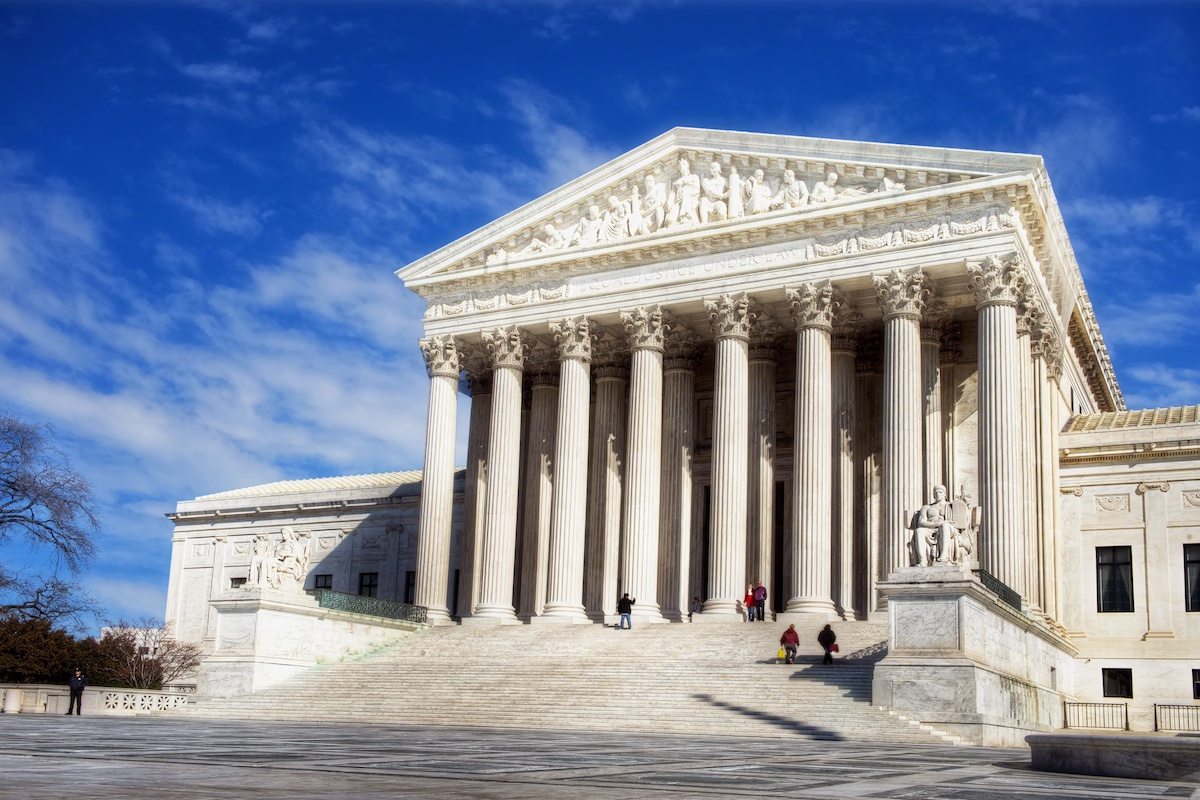The other day my students and I were talking about the Model T Ford, which in the 1920s ran around $6000 in today’s money for a new car. It is impossible to find a brand-new vehicle of any make for $6000 today. Granted, a Ford Focus, for example, is packed with way more technology and safety features than a Model T from 100 years ago, and that technological advancement gets factored into the price.
But consider that in the 1990s, when Kia hit the American market, they advertised a new sedan for around $6999 (in 1990s’ dollars). What would that be twenty-five years late—maybe $9000 or $10,000? That price point, too, is virtually impossible.
I managed to purchase my current vehicle—a 2017 Nissan Versa Note SV—for right around $9100. It has around 45,000 miles on it when I bought it, and had been a rental vehicle before I purchased it. I got a steal on that car—the closest comparable I’ve found since then was a list price of around $8900 (the list for my car was $8000 even). That’s for a four-year old subcompact hatchback.
I got lucky when I found that car. I figured it would be easy enough to find a decent car for under $10,000 when I began vehicle shopping in late 2019. Boy, was I wrong. Vehicles last longer than ever before, and maintain their value a very long time. They’re also, as mentioned, packed full of technology and safety features that weren’t present even twenty years ago. Trucks in particular hold their value extremely well; to find a truck in my price range, I’d have had to purchase a Ford F-150 from 1994 with half-a-million miles on it.
It’s great that cars last longer and are safer. But those features—many of which drivers will never need or use—drive up the costs substantially. Such was the point of an illuminating Twitter thread by Oren Cass, which demonstrates that, despite earning more money, Americans’ expenses for basic goods are substantially higher, requiring a whopping fifty-three weeks of pay to cover now versus a mere thirty weeks in 1985. Naturally, given that there are only fifty-two weeks in a year, that presents a problem.
I don’t know the solution, but as I wrote a year ago, “Something’s gotta give.”
Indeed. Here is 28 April 2020’s “Cass on Our Diminished Income“:
Read More »









